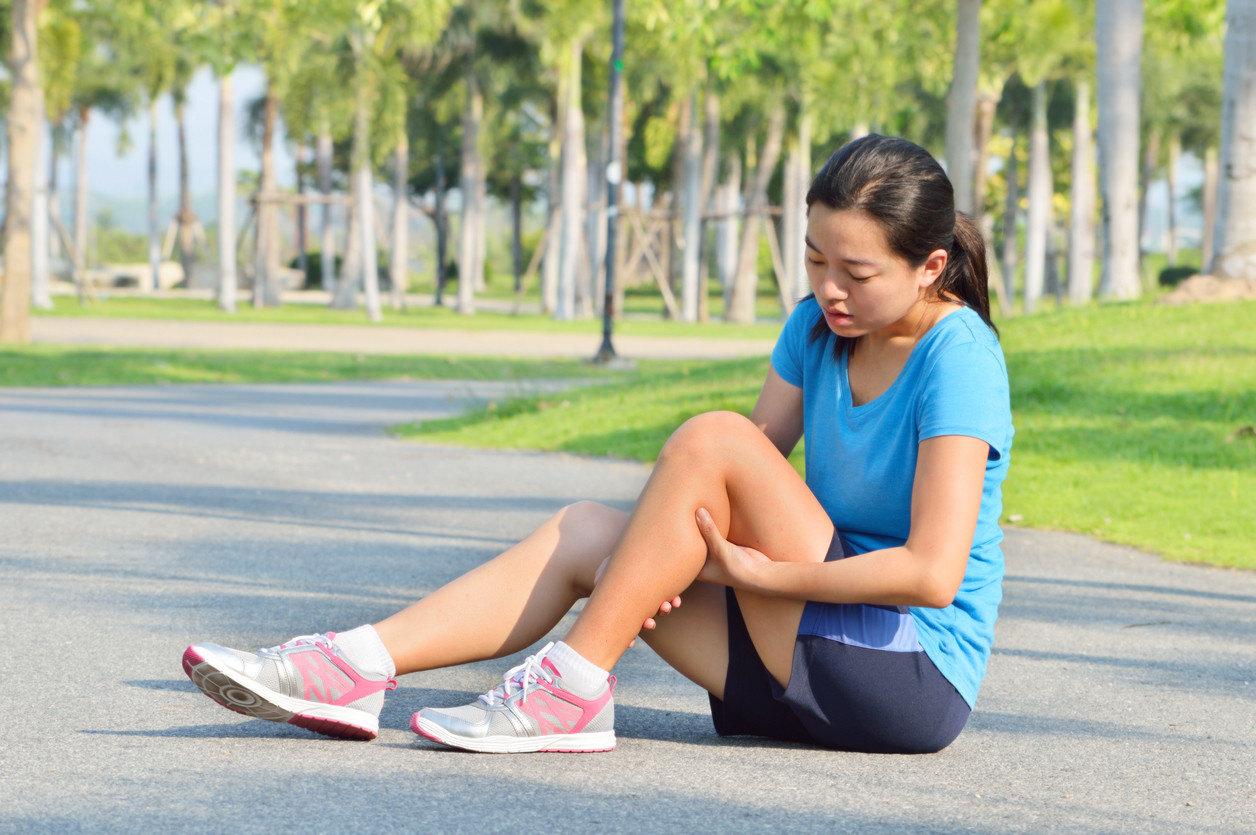Strained Your Calf? Feel Better with These PT-Approved Treatment Tips and Exercises
Learn common symptoms and causes of a calf strain and how to treat it at home, especially with exercises from physical therapists.
0 $ pour vous
Dernière mise à jour : Oct 23, 2025
Table des matières
Fully covered leg pain relief
Find relief from leg pain, calf pain, tight quads, & more.
Check if I'm eligiblePT Exercises for Calf Strain Relief
Want expert care? Check if you're covered for our free program →- Ankle Pumps
- Single Leg Stance
- Standing Calf Raise
- Standing Hamstring Curl
